Major Web Development Technology Stacks
MEAN
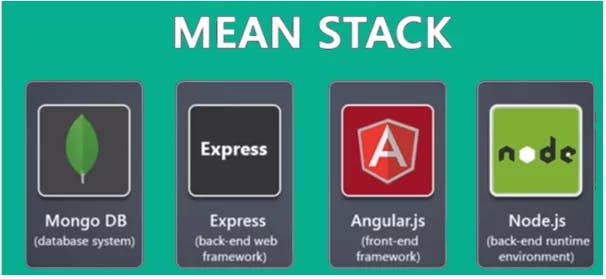
MEAN stands for:
MongoDB – NoSQL database
Express.js – a backend web framework
Angular.js – a frontend web framework
NodeJS – cross-platform, open-source server
The MEAN stack is one of the leading software tools used by developers mainly because it is based on JavaScript, which is a single programming language. This feature enables app developers to access one language throughout the development process, creating opportunities for code reuse and eliminating unnecessary codes.
The benefits of the MERN stack are, its free and open-source technologies and users can get support from the support community. You can use applications made through the MEAN stack for cloud hosting because they are scalable, flexible, and extensible.
It is also easy to deploy the stack since it comes with a web server. MEAN is a great web development technology stack for fast, highly efficient, and interactive apps.
LAMP
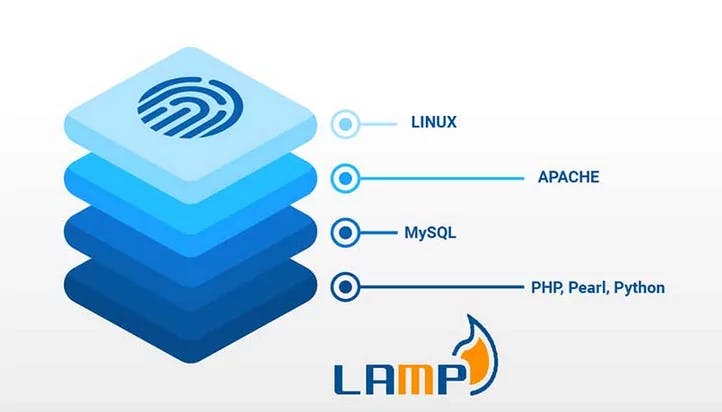
LAMP stands for:
Linux – the operating system
Apache – HTTP server
MySQL – database management tool
PHP – Perl or Python programming language
LAMP makes it to our list of the major web development technologies because it is cost-efficient, flexible, and effective. It is also free and open-source, which enables you to run the stack on basically any operating system. You can also modify or interchange other elements within LAMP to build a product of need.
You can use LAMP with multiple operating systems (OS), including Linux, Microsoft Windows for WAMP stack, and Mac OS for MAMP stack. You can also interchange PHP for Perl or Python programming languages.
MERN
MERN is almost identical to MEAN wherein R, which stands for React, replaces A for Angular.js.
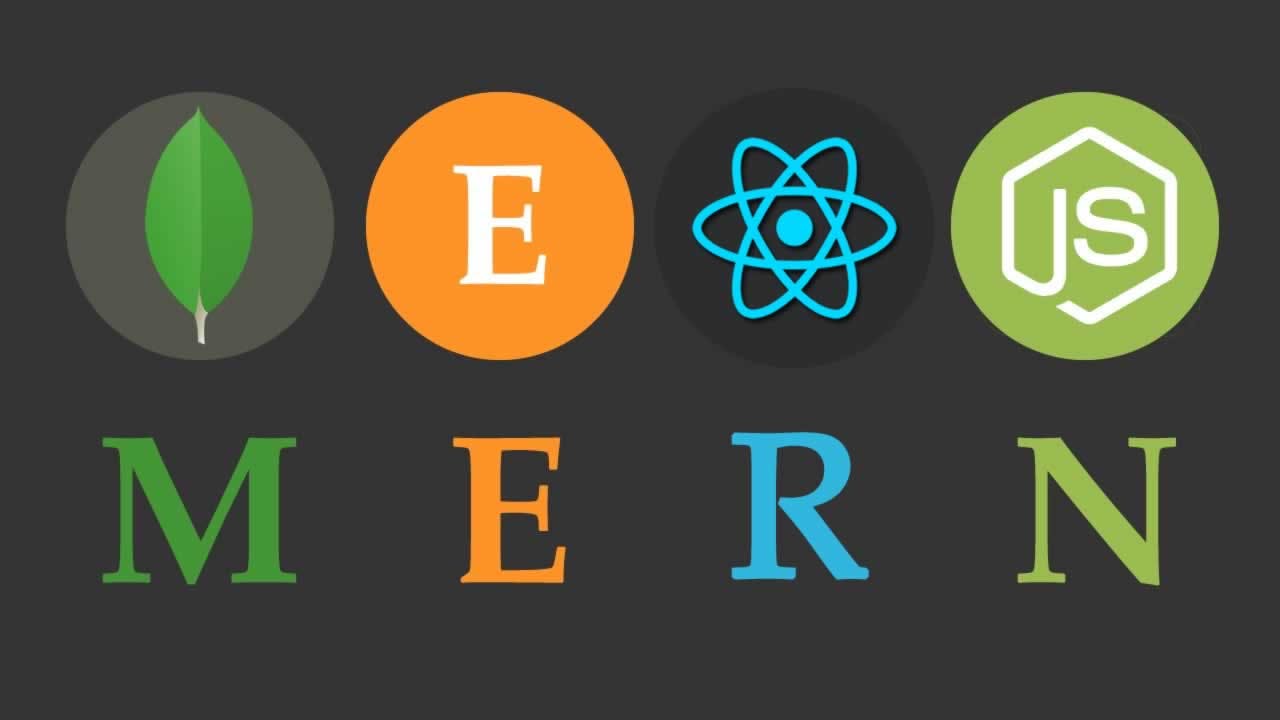
The React integration is the key characteristic making MERN a leading web development technology stack mainly because it uses codes on browsers and servers. React uses Virtual DOM for easy implementation and JSX (JavaScript modification) for effective and efficient apps and websites. However, developers using React should be aware of the component’s limitation since React is not a framework, but a library.
MERN is cost-effective and great for UI rendering and performance, but it is mostly suitable for small-scale applications requiring lower productivity.
MEVN
MEVN is also similar to MEAN, whereby V stands for Vue.js, a frontend web framework, which is different from Angular.js.
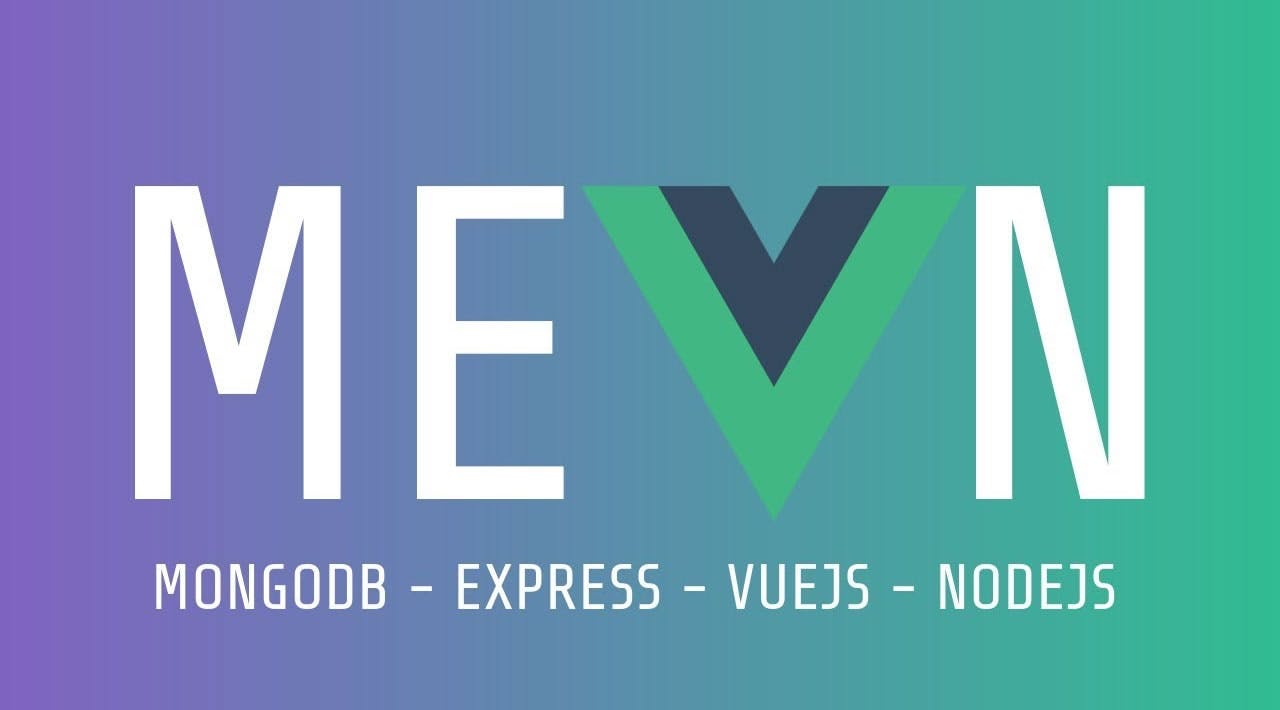
Vue.js integrates the features of both Angular and React, is easy to learn, and provides a clear programming UI and outstanding web apps.
MEVN has gained immense popularity mainly because, unlike Angular, it is lightweight. You can also enhance Vue’s out-of-the-box functionality using third-party services.
Vue blends the best features of React and Angular, giving you a rich stack and great performance. Indeed, MEVN stands out as a new and evolving way to develop powerful and dynamic web apps, while improving website functionality.
Serverless

Serverless stacks are the equivalence of cloud infrastructure, whose goal is to make your IT programs more responsive, scalable, and optimal for business growth and transformation.
Businesses are increasingly using serverless technology to build serverless applications. The stack also provides improved infrastructure management to scale up and scale down the changes in demand for services.
Serverless computing platforms enable you to manage your infrastructure easily since it comes with a wide array of web development services and tools. Benefits of using serverless web technology stacks include lower operating costs, better user experience, and improved scalability.
On the downside, the serverless stack is ineffective for long-term tasks and can be complex for inexperienced developers.
To gain the full benefits of serverless stacks, consider using cloudless services like Amazon Web Services (AWS), Google Cloud, and Microsoft Azure.
Ruby on Rails
Ruby on Rails (RoR) stack uses the Ruby programming language to simplify the overall web and app development process. It is an object-oriented, open-source platform, which you can use to develop lightweight apps for improved flexibility.
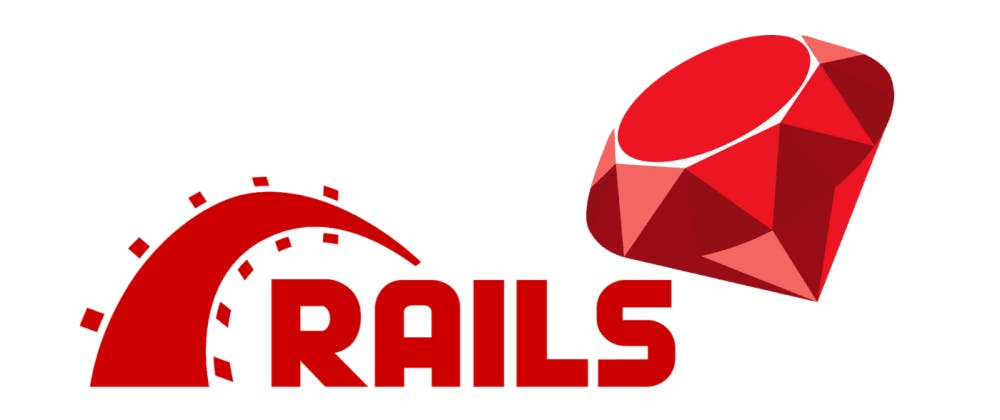
Developers for server-side web apps require minimal knowledge to use Ruby. The stack enables you to use default structures to seamlessly manage databases and web pages.
To gain the best from RoR, you should use it with CSS, HTML, and JavaScript to create interactive UIs, and XML or JSON to facilitate the transfer of data.
In addition to time efficiency, a supportive community, and multiple helpful tools and libraries, ROR also comes with a detailed error log. Developers can use the log to create bug-free and reliable apps.
Choosing the right Web Development Technology Stack
Now that you understand major web development technology stacks, you may be wondering what next? Choosing the right tech stack is as important as the success of your project.
A web development stack is a set of technology tools or service developers used to create and run applications. Each tech stack has frontend and backend end frameworks to make it a full-stack development tool.
The right choice of a software stack will enable you to control how your app works, as well as affect data storage, server capacity, scalability, etc.